Medicinal Plants We Love to Grow!
Do you find yourself gazing at your garden, appreciating its beauty and charm, while also pondering which medicinal plants can offer benefits while also enhancing the beauty of your garden? If so, you’re not alone. Many garden enthusiasts are discovering the remarkable healing properties hidden within their plants. For instance, the cheerful marigold is more than just a vibrant splash of color; its petals can be used to create soothing ointments for skin irritations. Lavender, with its calming scent, is perfect for stress relief and promoting restful sleep. Meanwhile, even plants considered a weed such as the plantain can help reduce inflammation and help with wound healing.
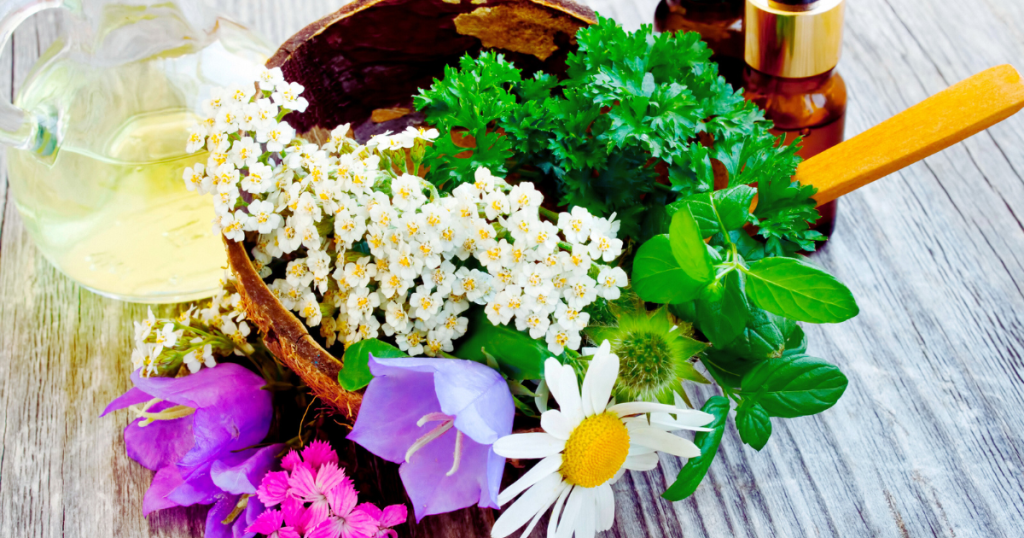
Exploring the world of medicinal plants can transform your garden into a living apothecary. Herbs like chamomile can be brewed into teas that aid digestion and relaxation, while the humble mint can invigorate your senses and freshen your breath.
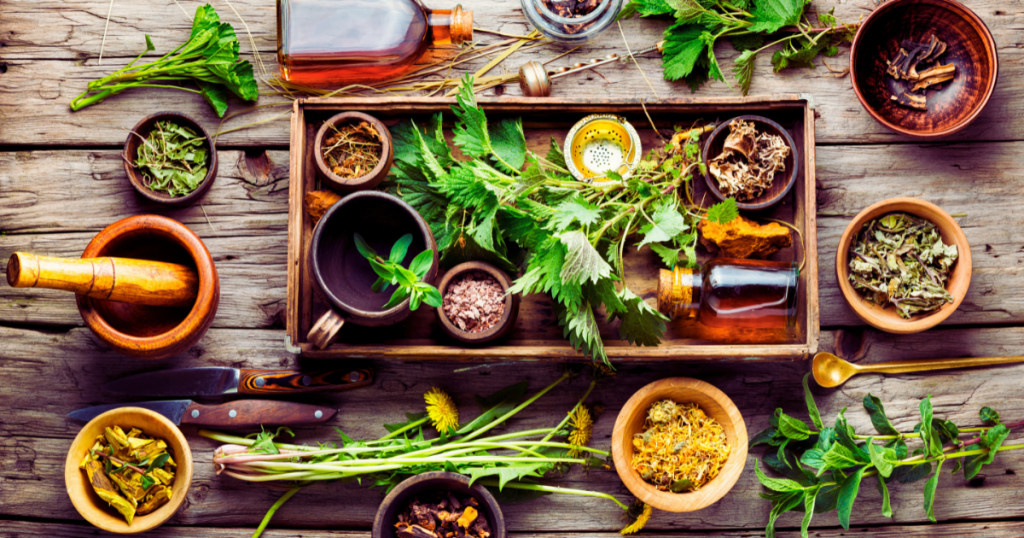
Here are our top 10 medicinal plants which also are bright and beautiful looking in the garden!
Bee Balm, Medicinal plants and perfect pollinators!
Also known as Wild Bergamot
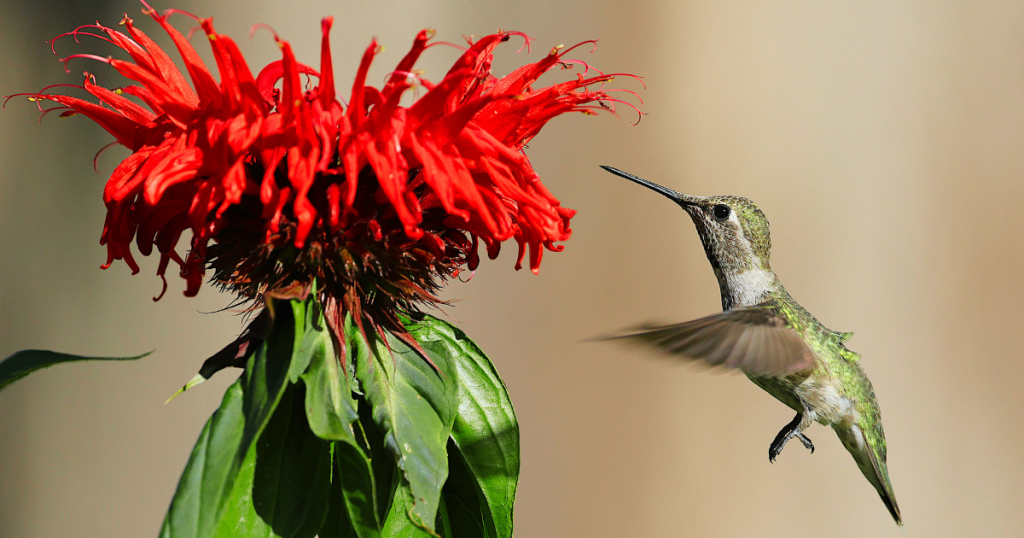
Zones – 3 – 9
Blooms – June – August
Grows – 2 – 4 Feet
Preferred Pollinators – Hummingbirds, bees, and butterflies.
Medicinal Value – Soothes digestion issues such as gas, nausea, and boating, while reducing fevers, and acting as a antimicrobial for skin irritation, sore throats, and minor infections.
Calendula
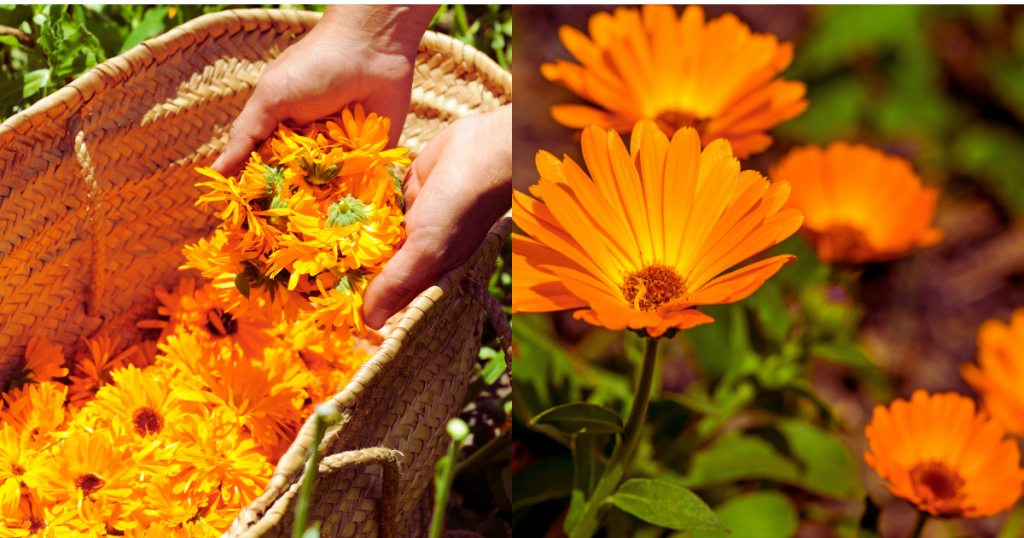
Zones – 2 – 11
Blooms – June to September
Grows – 3 – 4 inches
Preferred Pollinators – Hummingbirds, bees, and butterflies.
Medicinal Value – Reduce inflammation, treat skin irritants, and may have a positive effect on blood sugar levels!
Catnip – The Medicinal Plants everyone Loves!
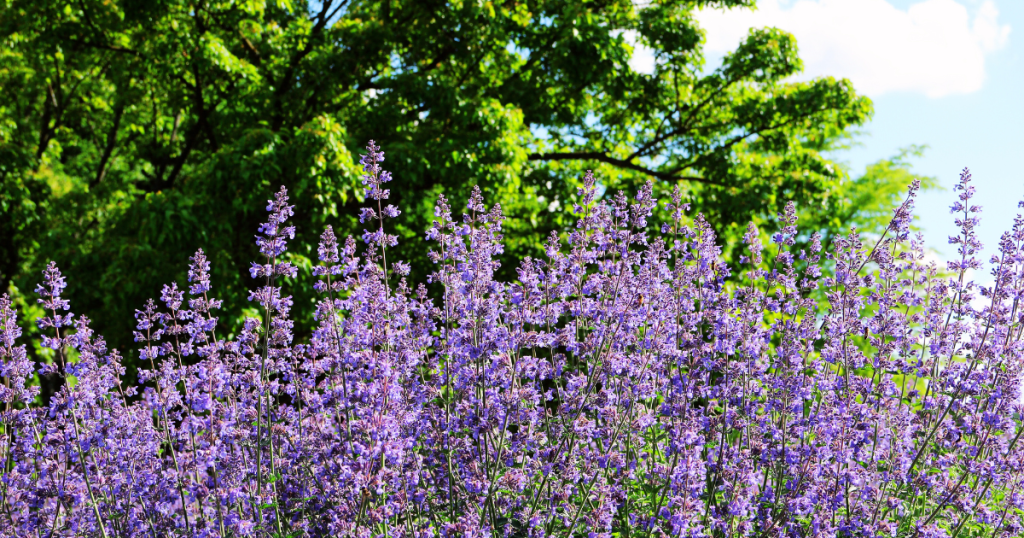
Zones – 3 – 9
Blooms – June to September or October
Grows – 1- 3 Feet
Preferred Pollinators – Bees (especially honeybees and bumblebees) hummingbirds, butterflies, hoverflies, wasps, and yellowjackets.
Medicinal Value – Use for calming and relaxing while promoting a good sleep. Soothe an upset stomach, and calm menstrual pains.
Chamomile
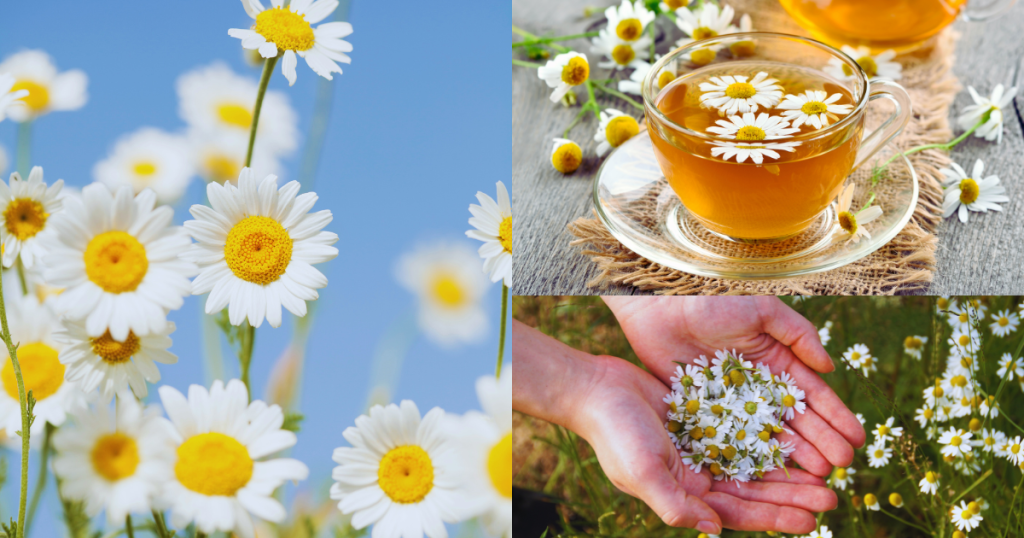
Zones – 2 – 9
Blooms – June to September and into October
Grows – 3 – 6 inches
Preferred Pollinators – Bees, in particular bumblebees and butterflies.
Medicinal Value – Improve sleep, reduce anxiety, aids digestion, relieves cramps, treats minor wounds and has an anti inflammatory effect on sore throats and menstrual cramps.
Echinacea
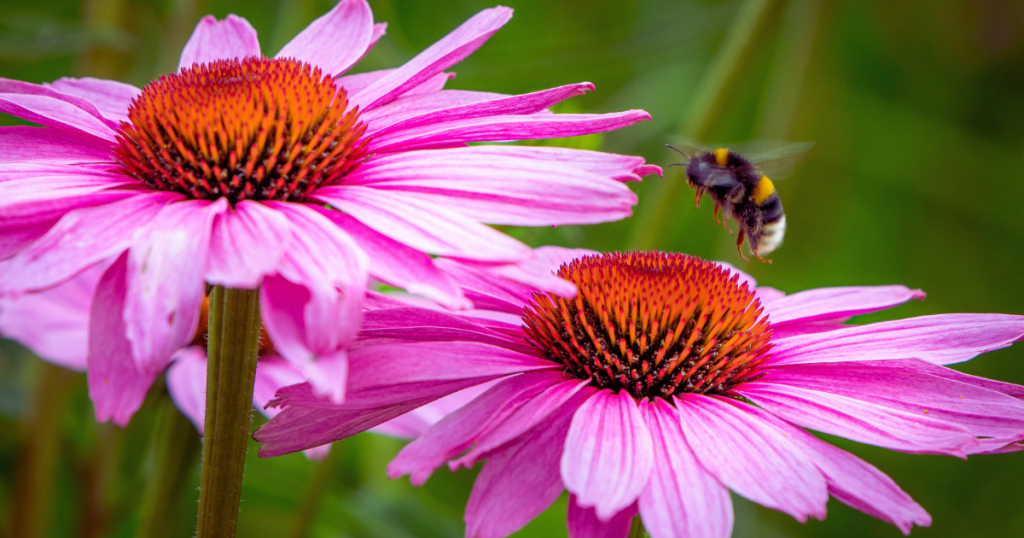
Zones – 3 – 9
Blooms – Can be as early as June and bloom into October
Grows – 2 – 5 Feet
Preferred Pollinators – Hummingbirds, bees, and butterflies.
Medicinal Value – Supports the immune system. As well as, relieving symptoms of the common cold and flu. In addition, may reduce inflammation to reduce swelling and pain in the body.
Holy Basil Medicinal Plant
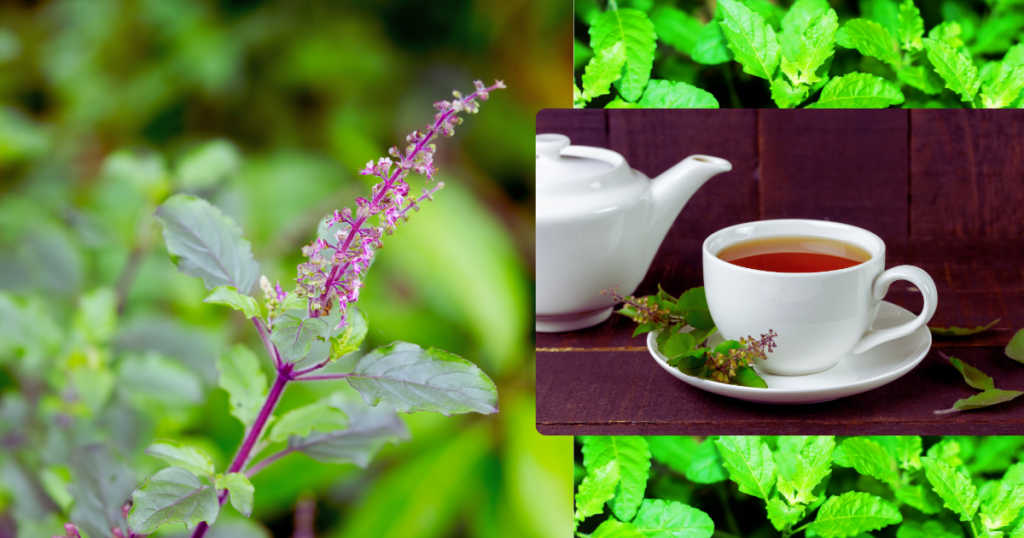
Zones – 10 – 11
Blooms – June to November or first frost
Grows – 12 – 24 inches
Preferred Pollinators – Bees and butterflies
Medicinal Value – Helps to lower cholesterol, manage blood sugar levels, protects the liver and in addition, helps to reduce anxiety.
Sage
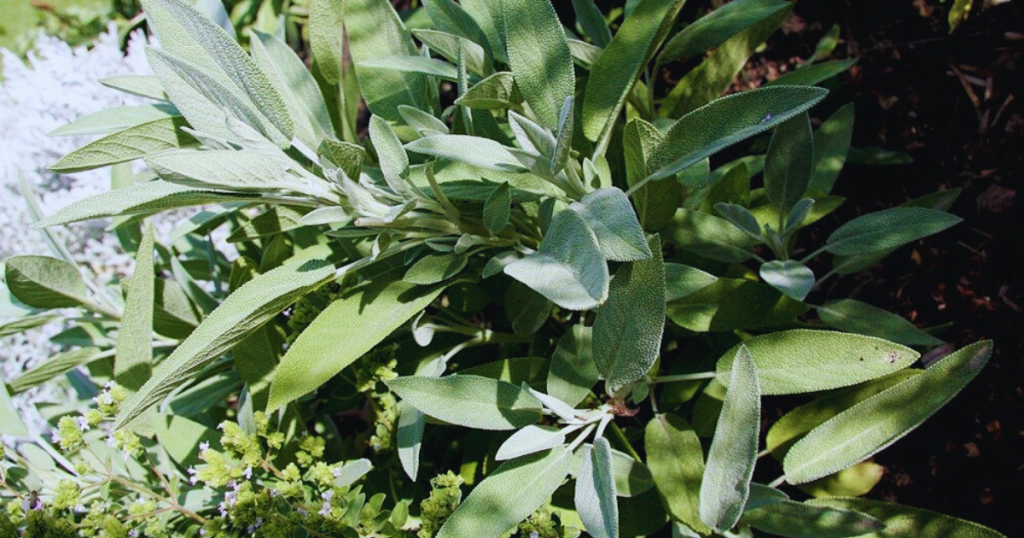
Zones – 4 – 10
Blooms – from late Spring to Fall
Grows – 1 – 3 Feet
Preferred Pollinators – Honeybees and bumblebees, butterflies and occasionally hummingbirds.
Medicinal Value – Use for cognitive functions to improve memory and thinking skills, while also relieving menopause symptoms, and in addition, aids in respiratory functions and blood sugar management.
Stinging Nettles as Medicinal Plants
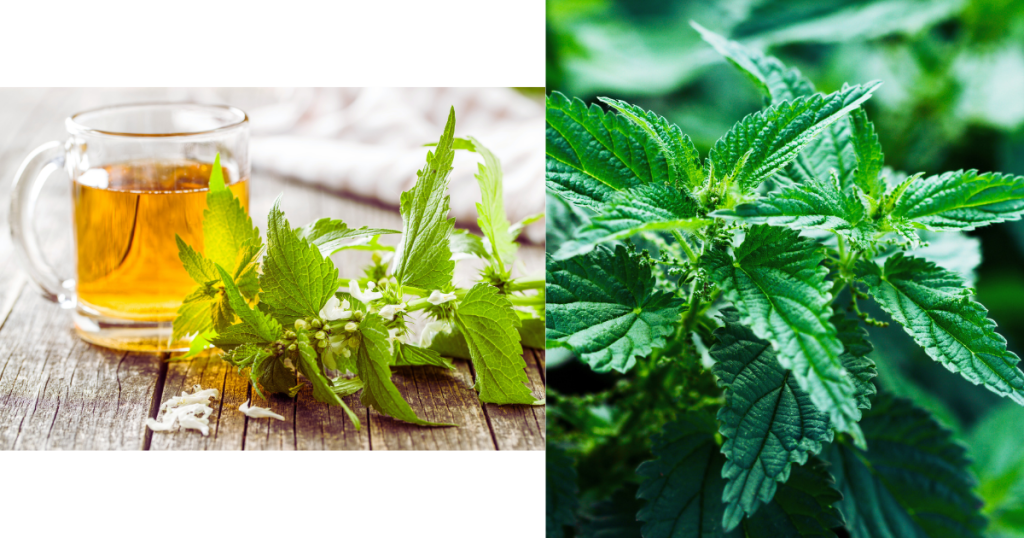
Zones – 3 – 10
Blooms – May to September
Grows – 3 – 7 Feet
Preferred Pollinators – Butterflies and moths.
Medicinal Value – Anti-inflammatory and antioxidant properties helps to reduce inflammation, as well as aids in urinary infections and helps control an enlarged prostate. Topically used to alleviate joint and arthritis pain.
St. John’s Wort
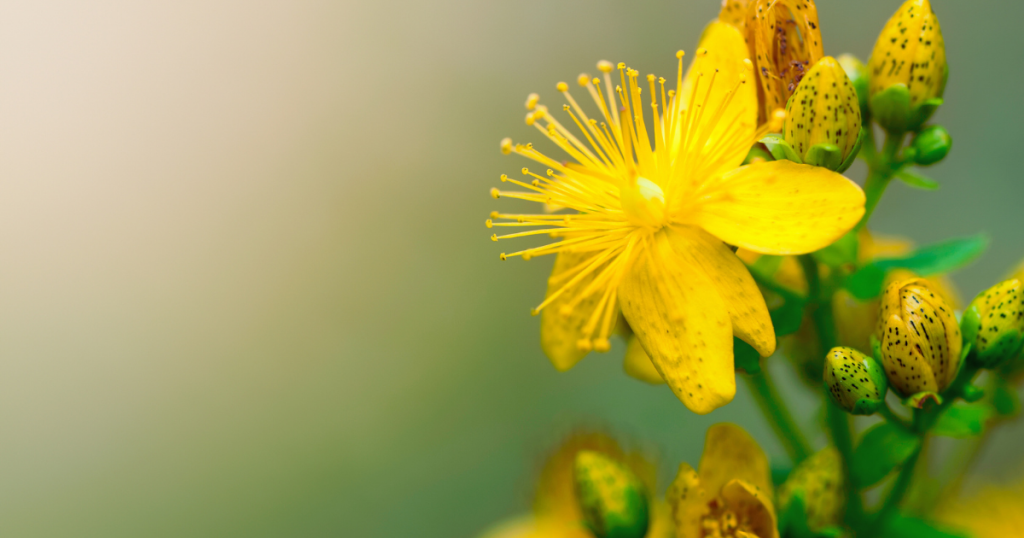
Zones – 3 – 9
Blooms – June to September
Grows – 1 – 3 Feet
Preferred Pollinators – Beetles, hoverflies, and butterflies.
Medicinal Value – Alleviates depression, anxiety, ADHD, seasonal disorder, menopause, headaches, skin conditions, and in addition, is anti inflammatory.
Yarrow
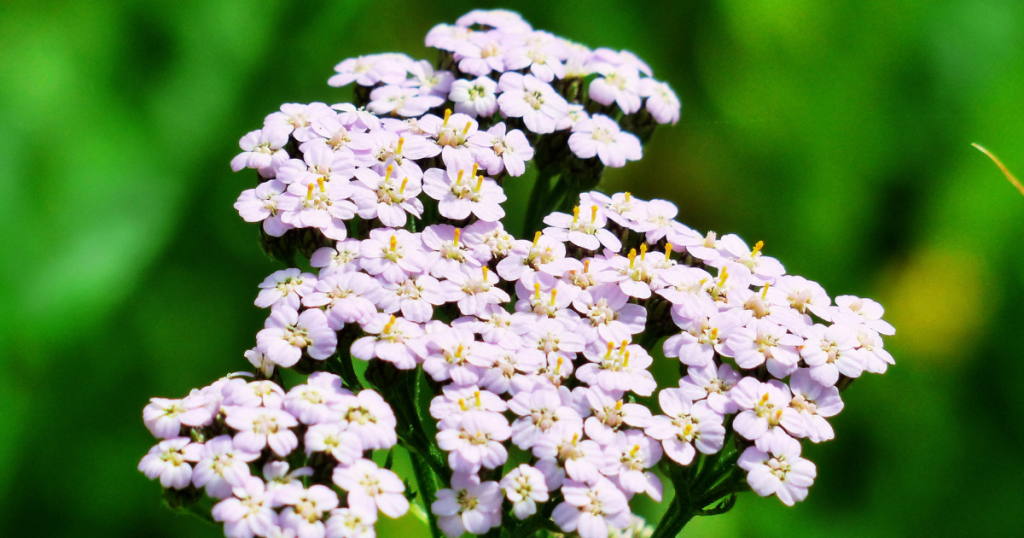
Zones – 3 – 9
Blooms – June to September
Grows – Forms dense clusters with bloom heads up to 5 inches wide
Preferred Pollinators – Hummingbirds, bees, and butterflies.
Medicinal Value – Traditionally used as a wound healer, while also known as a digestive aid, supports circulatory systems and menstrual health. In addition, can also be a benefit to fevers.
Cultivating Medicinal Plants in Your Garden
To successfully grow medicinal plants in your garden, it’s essential to understand each plant and its proper medicinal applications. If you’re keen on cultivating plants for their healing properties, we encourage you to explore the study of your chosen plants further. Learn about making teas, tinctures, salves, and more. Discover how to prepare your plant remedies and when to use them, as well as when to avoid them!
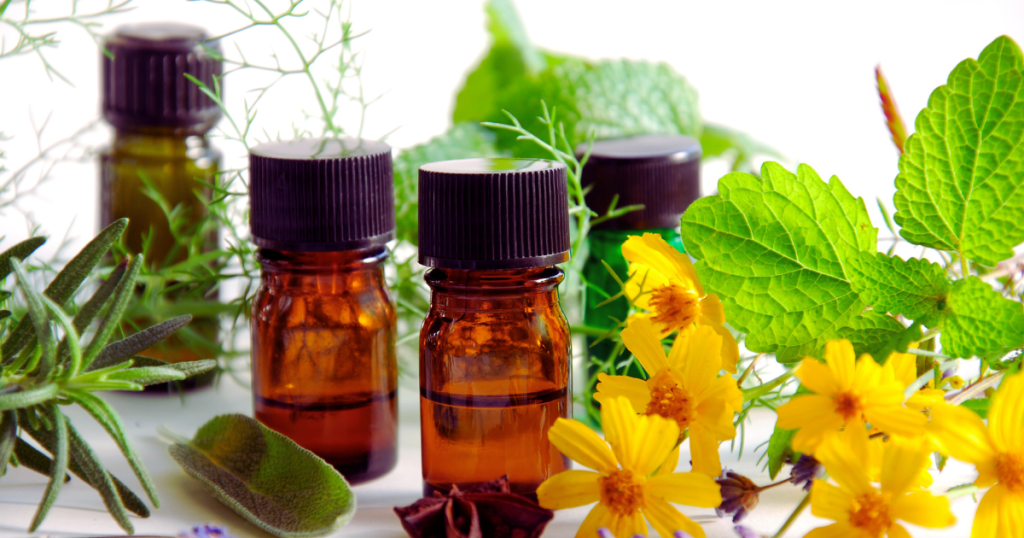
As well, consider the growing conditions each plant requires. Some may love the full sun, while others prefer partial shade. Soil quality, water needs, and spacing are all important to help your plants grow healthy and strong.
As well, using a gardening journal can be invaluable. This practice not only helps you track the growth and health of your plants but also allows you to document the specific healing remedies you have studied and possibly tried and what the results were from your endeavors.
Ultimately, a medicinal garden is not just about cultivating plants; it’s about nurturing a space that promotes wellness and tranquility. Happy gardening!
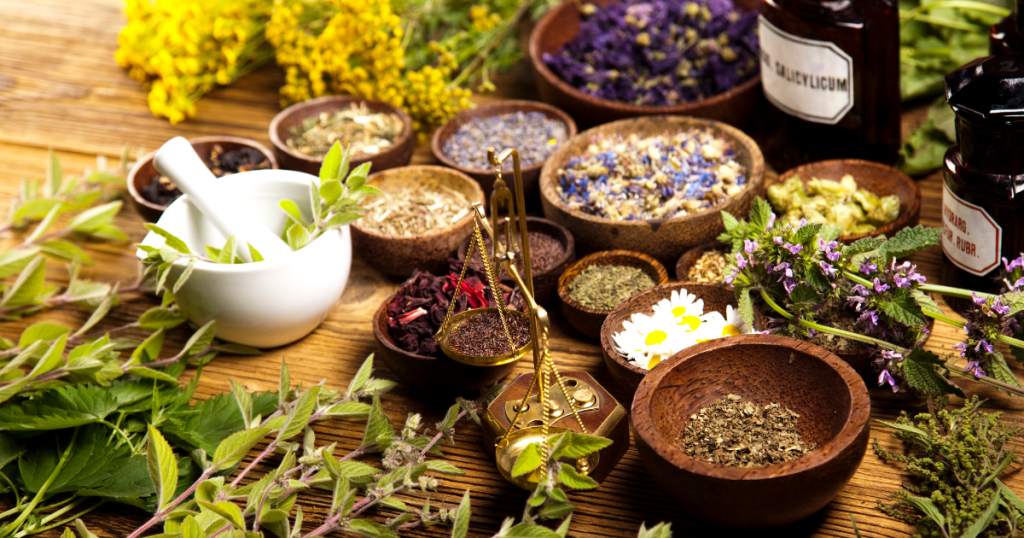
Stay in Touch With Us!
Be the first to find out about new arrivals, in store only specials, flyer sales, workshops and more! Subscribe to our weekly newsletter.
